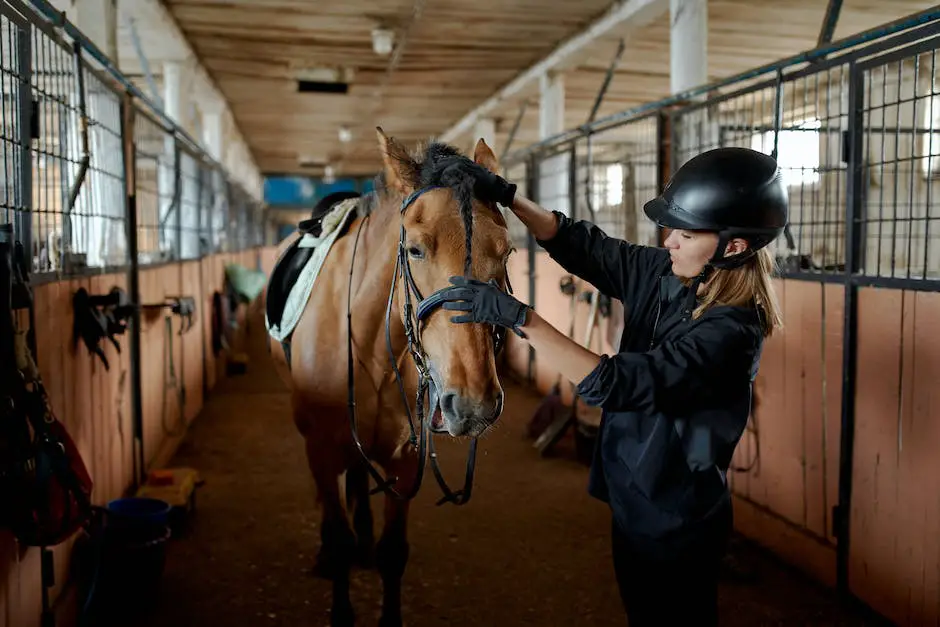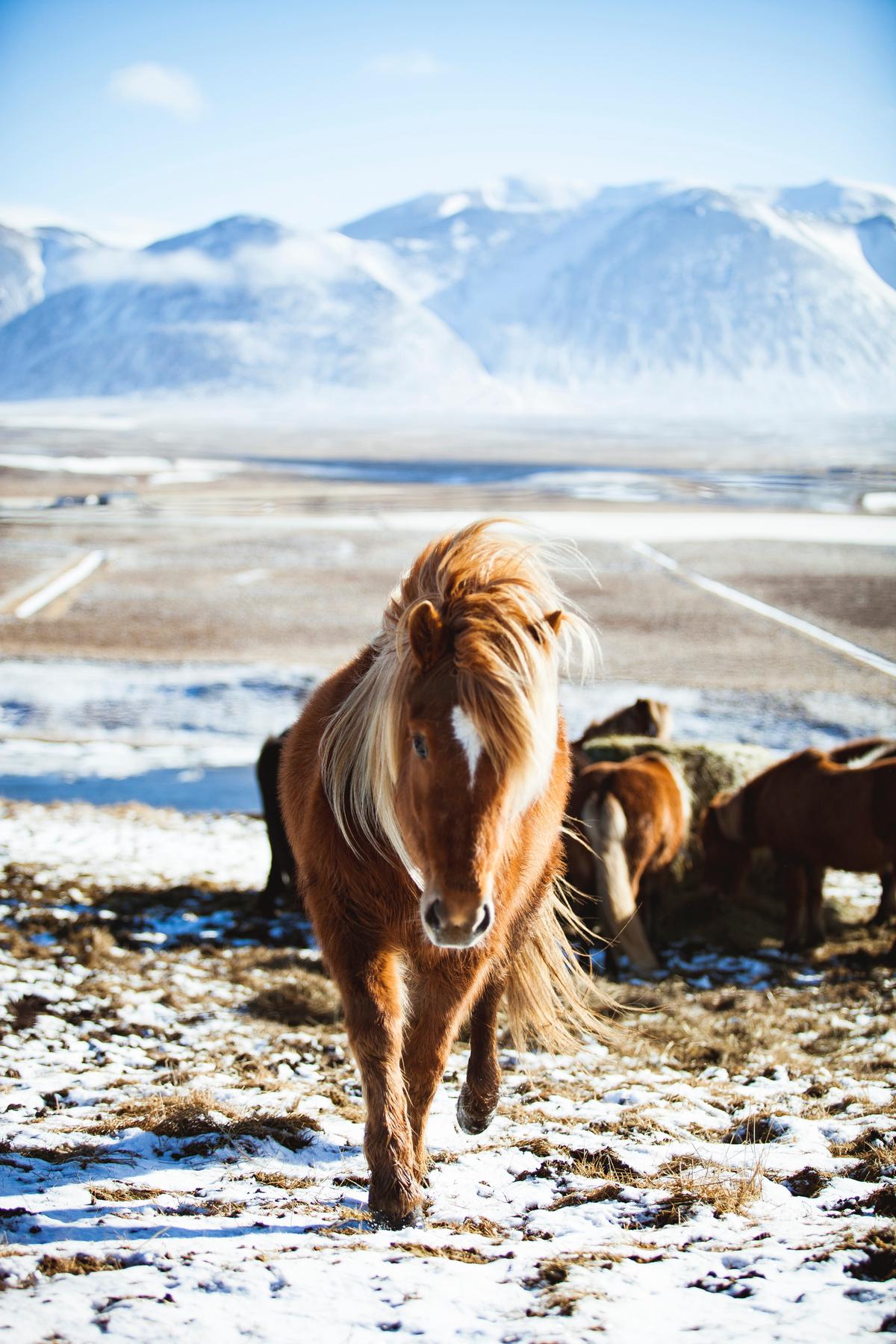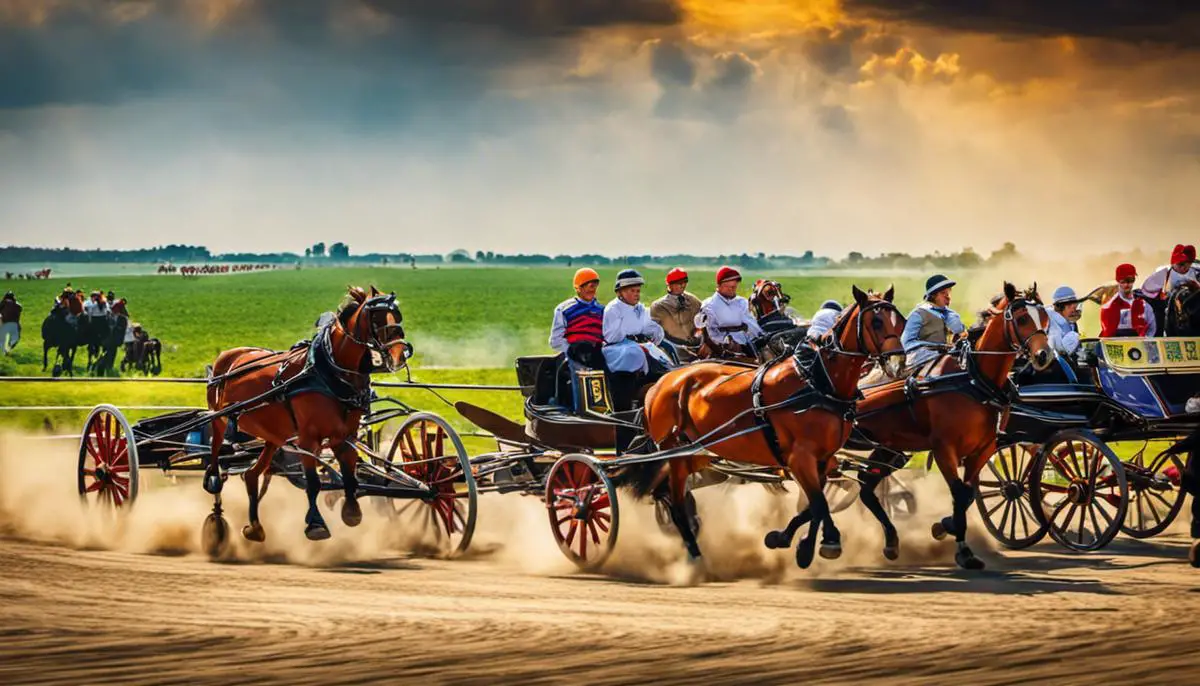Horse cart racing, a thrilling spectacle of speed, strength and agility, holds a special place in the cultural fabric of Hungary. While many sporting activities have risen to popularity over time, the tradition of Hungarian horse cart racing stands as a testament to the country’s rich heritage, tracing a lineage back to a time when horses served not just as companions, but as integral facets of everyday life. This captivating sport has not only evolved throughout the centuries but has also to a great extent, shaped and influenced the cultural ecosystem of Hungary. This journey will take readers through the historical routes of this sport, unveiling the intricate nuances that give it a unique edge, from behind-the-scenes preparation details to the pulsating action on the racing tracks.
Table of Contents (Horspedia)
History of Hungarian Horse Cart Racing
The Origins of Hungarian Horse Cart Racing
Horse cart racing in Hungary has a storied history, rooted deeply in the nation’s character and traditions. This sport, known as “Harness Racing,” arose from the country’s rich equestrian culture which dates thousands of years back. Horse riding was integral to the lifestyle and warfare of the ancient Magyar clans, and these nomadic people laid the foundation for a strong equine tradition.
Growth and Popularity
In the decades following its emergence, Hungarian horse cart racing saw a steady rise in popularity, paralleling the nation’s increasing urbanization. The sport offered both a way to celebrate Hungary’s equestrian past and a thrilling spectator activity for its increasingly urbanized population. Racing events drew large crowds and became fixtures of social life.
Local horse breeders and drivers played a crucial role in this growth, developing faster, stronger horses and honing their harness racing skills. The growing prestige of the sport attracted investments and sponsorship, leading to improved infrastructure, including the construction of permanent tracks.
Significant Moments
More recently, the sport has undergone a revival, with several memorable moments. One of the most notable is the victory of Hungarian driver Csaba Lakatos in the 2017 World Driving Championship. Lakatos’ win was a momentous event for the sport in Hungary, inspiring a new generation of drivers and catalyzing a further increase in the sport’s public visibility.
The Historic Influence on Today’s Hungarian Horse Cart Racing
The evolution of Hungarian horse cart racing maintains strong links to its historical origins. It is more than just a sport to many Hungarians – it is a reflection of national identity and cultural pride, a testament to their nation’s historic resilience, strength, and equestrian affinity.
More than a matter of national identity, horse cart racing is a significant economic factor supporting rural communities through activities such as breeding, training, and ancillary industries.
Moreover, the impact of horse racing extends to tourism. Notable race tracks like the National Gallop Arena and Kincsem Park in Budapest draw huge annual crowds, lending substantial economic support to the local communities. They also serve as venues for other festivities such as cultural festivals and expositions, underscoring the central role of horse cart racing in Hungary’s cultural milieu.
Equine therapy, a practice that employs horses to aid individuals with emotional or physical challenges, is growing in popularity in Hungary. This growth is somewhat driven by the visibility of horse cart racing.
The esteem allocated to this sport has sparked substantial government patronage, including investments in infrastructure and breeding and training programs. This level of support aids in maintaining the vibrancy of the sport and assuring its ongoing development.
All told, Hungarian horse cart racing is a dynamic layer of Hungarian society, anchored firmly in the country’s past while adapting to modern needs. It serves as a significant reflector of national identity, symbolizing longstanding respect for horses and a sturdy sporting spirit.

Understanding the Sport: Rules, Categories and Competitions
Deciphering the Intricacies of Hungarian Horse Cart Racing
Known locally as fogathajtás, Hungarian horse cart racing carries a heritage rich in history and rural traditions. The sport involves horses hitched to a lightweight cart, referred to as a sulky. Racing outcomes hinge on the synchronized performance of the horse and the rider, showing that success is a shared endeavor.
Common Rules in Hungarian Horse Cart Racing
Rules in Hungarian horse cart racing are primarily centered on safety, fairness, and the welfare of the horses. For instance, whipping the horse excessively is generally not allowed. The races themselves feature a mix of speed and technical skills, requiring not just fast horses, but also skilled jockeys who can effectively guide their team through a complex course.
Race Types and Categories
There are two main types of racing formats in Hungarian horse cart racing. The first is timed races where the fastest team, horse and jockey, wins. The second is called a ‘harness race’, which is a complex course that includes obstacles.
Categories, meanwhile, are usually based on the number of horses in the team. The most common categories are pair (two horses) and four-in-hand (four horses), though there are also competitions for single horses.
Conducting the Races
In each race, horses and drivers navigate a marked course, where the route is marked by numbered cones. Drivers must guide their horses through these cones in ascending order without knocking them over. Penalties are given for knocking over cones, missing gates or exceeding the allowed time.
Major Competitions
Hungarian horse cart racing is represented in several major international competitions, including the World Equestrian Games and the FEI World Cup Driving. On a national level, the Hungarian National Championship is the most important event where competitors from across the country compete.
Race Structure
A race event usually consists of three phases, Dressage, Marathon, and Obstacle. The Dressage Phase tests the horses’ training and obedience, requiring them to perform a number of preset movements. The Marathon Phase is aimed at testing stamina and speed over long distances, while the Obstacle Phase tests agility and driver navigational skill.
Regional Competitions and Tourist Spots
Throughout the year, Hungarian horse cart racing holds several regional competitions, often in a league format. These events allow competitors to accumulate points over numerous rounds, culminating in the racetrack’s crowning of a seasonal champion.
This unique sport has garnered not only local interest but has also caught the eye of global tourists. Visitors to Hungary find themselves enthralled by the excitement of the races. What’s more, tourists can get a firsthand experience by taking training sessions on how to manage both the horses and the carts.

The Horses and Carts: Breed, Training and Equipment
Hungarian Horse Breeds in Cart Racing
Certain horse breeds lend themselves better to the sport of Hungarian horse cart racing. It’s the native Hungarian breeds, such as the Nonius, Gidran, and Furioso-North Star, that dominate in these events. Each breed brings specific traits to the table. The Nonius, considered as versatile draft horses, are recognized for their immense strength and impressive stamina. On the other hand, Gidran horses may have a lighter build, but they compensate with impressive speed and adaptability. Furioso-North Star horses, in contrast, are treasured for their spirited temperament, swift speed, and their ability to recover quickly post-race.
Training and Care
Training for Hungarian horse cart racing often begins during the juvenile years of a horse, typically around two to three years old. This process involves conditioning the horse physically and mentally for the challenges of competitive racing. Initially, the emphasis is on building the horse’s stamina, muscle strength, and basic obedience. As the horse matures, the training becomes more focused on speed work and tactical maneuvering in a racing context.
Horse care is critical and includes nutritional management, regular veterinary checkups, and proper grooming. Nutrition plays a significant role in the horse’s performance, hence diet usually includes high quality forages, grains, and supplements to provide the necessary energy for racing yet maintaining a healthy weight.
Carts in Hungarian Horse Cart Racing
In Hungarian horse cart racing, the traditional Kocs carriage is often used. Named after the Hungarian city of Kocs, this lightweight wooden cart is known for its smooth ride and ease of maneuverability. The cart is attached to the horse via a harness, which includes various components like a collar, breeching, and traces.
Cart Construction and Equipment
The construction of the carts used in traditional Hungarian horse cart racing involves expert craftsmanship. The Kocs carriage, for example, is built using a combination of oak, pine, and ash. It features a unique suspension system that provides a smooth ride even at high speeds.
The equipment used in Hungarian cart racing includes harnesses, helmets for the drivers, and sometimes even protective vests. The harness used for racing is typically made of strong, durable materials like leather or synthetic fabrics, and it is designed to comfortably and securely attach the horse to the cart.
Creating a Powerful Partnership
In the world of Hungarian horse cart racing, fostering a strong relationship between horse and cart plays a crucial role. A priority of this sport involves ensuring that the horse is comfortable with its cart and can swiftly follow the driver’s instructions. Riders frequently build this bond by dedicating substantial time to socializing with their horses. This could involve grooming sessions or free work – an exercise where the driver provides vocal directives, and the horse roams unencumbered. Establishing such connections enriches the trust between horse and rider, leading to an enhanced team performance on the racecourse.

Photo by devine_images on Unsplash
Cultural Impact and Modern Day Horse Cart Racing in Hungary
The Cultural Importance of Horse Cart Racing in Hungary
In Hungary, horse cart racing is more than a mere sport; it’s an essential part of the country’s cultural and historical narrative. This tradition draws its roots from the fondness for horses and equestrian practices of the Magyars, Hungary’s original residents, imbuing it with profound relevance in Hungarian society. The sport embodies not just the affection and reverence for horses but also symbolizes the courage and tenacity of the Hungarian people. Thus, equestrian traditions, particularly horse cart racing, span centuries and continue to be enthusiastically celebrated across Hungary — from rural regions to the bustling city of Budapest.
Horse Cart Racing in Hungarian Media
Much like in other countries where horse racing is a popular sport, horse cart racing in Hungary also has a significant presence in the media. There are televised races, formal betting systems, and coverage in newspapers. These press outlets often provide race schedules, results, and horse training insights, reflecting the sport’s stature in Hungarian culture. Hungary’s national television channel, MTVA, has aired documentaries focusing on the life of racers, the training of horses, and the mechanics of the cart to heighten the public’s understanding of the sport.
Economic Role of Horse Cart Racing
Additionally, horse cart racing and horse sports, in general, play a crucial role in the Hungarian economy. Horse breeding and training facilities offer employment options and contribute significantly to rural economies. These facilities don’t just breed horses for domestic use but also for export, with Hungarian horses going to other European countries and even beyond. Betting on the races provides additional income streams for the government and private entities. Horse cart racing events, especially the seasonal grand festivals, also attract large numbers of tourists and thus, bolster the tourism industry in Hungary.
Modernization and Future Prospects in Horse Cart Racing
As with many traditional sports, horse cart racing in Hungary is facing the pressures and opportunities of modernization. Racing tracks increasingly use advanced technology to ensure fair and accurate results. With growing concerns about animal welfare, strict measures are being implemented to ensure the health and well-being of horses involved in the sport. A rising trend in Hungary is engaging youth in equestrian activities to preserve and pass on this cultural heritage.
Moreover, efforts are ongoing to enhance the appeal of horse cart racing to international audiences. With attractions like the prestigious National Gallop festival, which combines the thrill of horse cart races with gastronomy and folk heritage, Hungary aims to promote this traditional sport at a global level.
Undeniably, Hungarian horse cart racing stands as an indispensable element of Hungarian society, capturing the spirit of tradition, courage, and passion. Therefore, the future of horse cart racing in Hungary looks promising, potentially expanding its horizons and gaining international recognition.

Photo by dominostudio on Unsplash
As we delve into the immersive world of Hungarian horse cart racing, it’s evident that the sport serves as a vibrant thread intricately woven into the nation’s cultural tapestry. Its historical significance, the science of the sport, the dedication towards training and care of these majestic animals, and the enduring impact on Hungarian society all underscore its crucial role. Just as every clash of hooves and turn of the wheels in the race reflects a piece of Hungarian history, the future of horse cart racing is propelling dynamically into a new era. In embracing modernity while honoring tradition, Hungarian horse cart racing is not just a sport, but a living, breathing narrative of a nation’s spirit, passion, and heritage.

